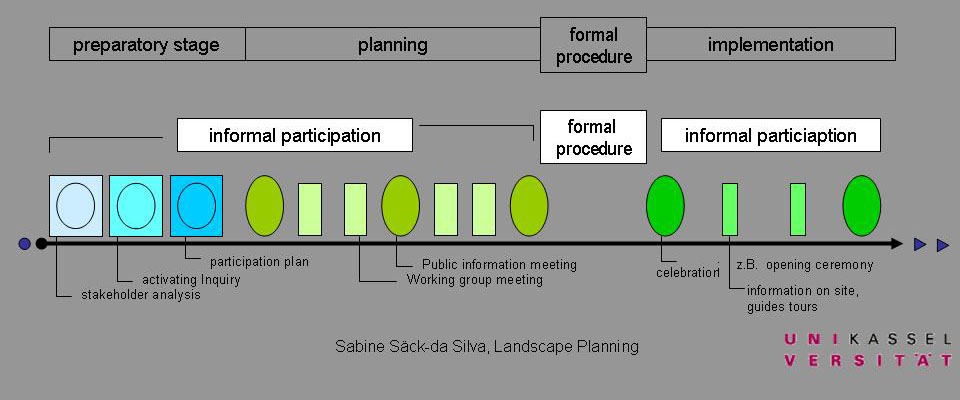Food in the Neigbourhood of Madrid
back to Project Biography List
Rationale: Why is this case interesting?
Nowadays the urbanism in Spain and specially in the city of Madrid is not in its best moment beacuse of the speculation. For this reason is easy to find examples of bad practices of urbanism. For example is often to see disgragated neighbourhoods in wich people need to take the car for almost every movement; there is not functional mix ifnot there are parts of the city for residential uses other for industry of bussines and finally the services sector congregates in big malls. For that reason the aim of our project is to make a neighbourhood where you can find almost all you need. The speciall point is the posibility of grow your own food with the design of gardens integrated with the residential buildings.
Author's personal background
Please make a short note on your professional background Students of Architecture in (ETSAM Politechnic University of Madrid)and in (University of studies of Cagliari). Students in first and second year of Master Practic work in the Alberto Morell studio.
Process Biography Scheme
Please add the scheme of your project's process biography here, below you see an example. Please replace this file with your own.
Who initiated the project and why?
When was public participation most intensive?
With the first presentation of the project to the public, people was very sceptic about it because they find very hard to believe in the potential of the project; especially in the fact of cultivate their own food, because it was a very uncommon idea and people diden't trust it. Then after some meetings with people, where we had the opportunity to explain properly and in a cloeser way our idea, people starts to understand and believe in the possibilities of the project; since that moment people starts asking their questions and finding answers to their doubts. Next step was when people starts showing us the new ideas for improove the project, and it was the most important amazing moment because it was a really participatory work.
Which participation tools have been applied?
At first the main tool has been an exibition in a congress building with the main images and the ideas of our projecet that we thought could be the most interesting and rappresentative for the people. We have designed a rappresentative symbol of our work with wich we designed pins, t-shirts and posters that we hanged up around all the city. The idea was to pick the attention of the people, and to make them closer to the project. After this first step, we go into a more serious comunication when we started the colloquy and all that things. We showed more concret informations and points wich could be interesting for their lifes. We prepared summaries, videos, and digital informations as virtual tours of the future neigborhood.
Which stakeholders have been involved?
First at all the citizens and future tenants; also of course the city council and all the burocratic organism. Also the ecological groups and the promoters.
Have there been any festivities in order to involve the public?
Who made the major decisions and when?
Image Gallery
- Yourimage.jpg
your image text
- Yourimage.jpg
your image text
- Yourimage.jpg
your image text
- Yourimage.jpg
your image text
- Yourimage.jpg
your image text
- Yourimage.jpg
your image text
References
back to Project Biography List

